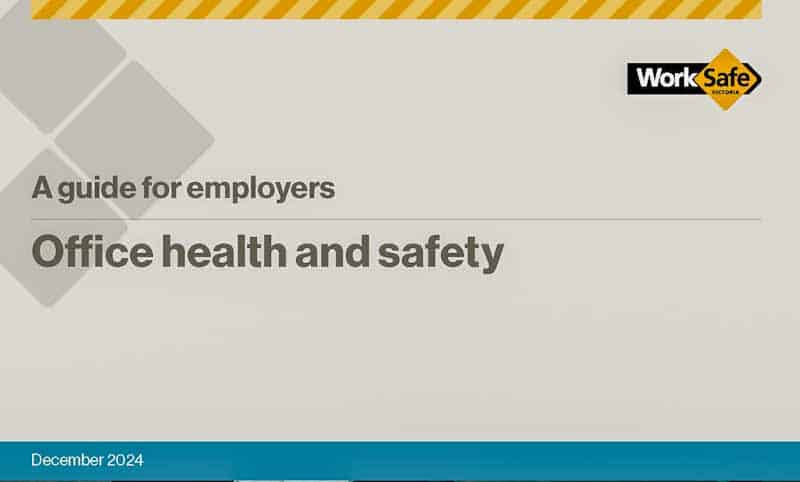At WorkSafe Victoria’s Awards night, Minister Ben Carroll said he was pleased to be involved with WorkSafe’s new 5-Year Plan to be launched on February 28,2025. WorkSafe executive Sam Jenkin summarized the plan’s principal aims in his speech. He said:
Category: government
Psychosocial hazards discussions are everywhere, as they should be
New information about the need to prevent psychosocial hazards at work keeps coming. Victoria will join the workplace mental health train a little later than planned. It went from engine to caboose in four years. SafeWorkNSW has released guidance on Designing Work to Manage Psychosocial Risks and an enforceable undertaking by a New South Wales mine from a psychosocial incident.
Another Executive leaves WorkSafe Victoria and new psychological regulations announced
For personal reasons, Joe Calafiore, Chief Executive Officer of WorkSafe Victoria, announced his departure today after less than eighteen months. Narelle Beer departed in mid-2024.
Calafiore said in a staff email that:
“This job is 100% or nothing, and at this stage I am unable to commit the full focus that the role requires.”
WorkSafe Victoria Chair Bob Cameron told staff:
Still insufficient answers to the Delacombe trench deaths
Last week, the Victorian Coroner, Leveasque Peterson, released her findings into the deaths of Charlie Howkins and Jack Brownlee from a trench collapse on a residential construction site in Delacombe in March 2018. The employer, Pipecon, pleaded guilty to occupational health and safety (OHS) law breaches and was successfully prosecuted by WorkSafe Victoria. But the guilty plea meant there was only a cursory investigation of the OHS elements of the incident.
This month’s coronial findings have come without the opportunities offered by a formal inquest. So, where are the answers? What management decisions caused the trench to collapse and lead to the deaths of Jack and Charlie? The available answers seem insufficient. What lessons can be drawn from these legal processes to stop similar incidents occurring elsewhere?
Amazon’s OHS risks and practices revealed
The political upheavals in the United States and the changes to corporate ideologies are concerning, primarily because of the potential infection of other nations. Businesses are not as globally connected as much of the media coverage implies. Still, Australian businesses watch the actions of global companies, and Amazon has been prominent in workplace and occupational health and safety (OHS) practices.
Recently, the US Senate Labor Committee released a damning report into Amazon’s high workplace injury rates, which includes important information for similar industries in local jurisdictions.
The most recent guidance on office safety, including psych safety and working from home
In December 2024, WorkSafe Victoria released “Office Health and Safety – A Guide for Employers“. Sadly, it seems to have (half) dumped the Officewise brand. If WorkSafe had kept it, the guide would have been part of an illustrious history stretching to the last century when the first edition was published in 1995. The new guide has some interesting advice on occupational health and safety (OHS) issues related to working from home, but workplace mental health seems more prominent than in earlier editions.
CEOs and regulations
The Australian Financial Review conducts many conferences, business summits and CEO surveys to provide publishable content (and as a marketing strategy). Over the last month, several articles and features have been produced from its “Chanticleer CEO Survey”; one is called “Red tape standing between business and Australia’s policy challenges” (hard copy title, paywalled). I scanned the CEOs’ comments for relevance to occupational health and safety (OHS) and harm prevention.






